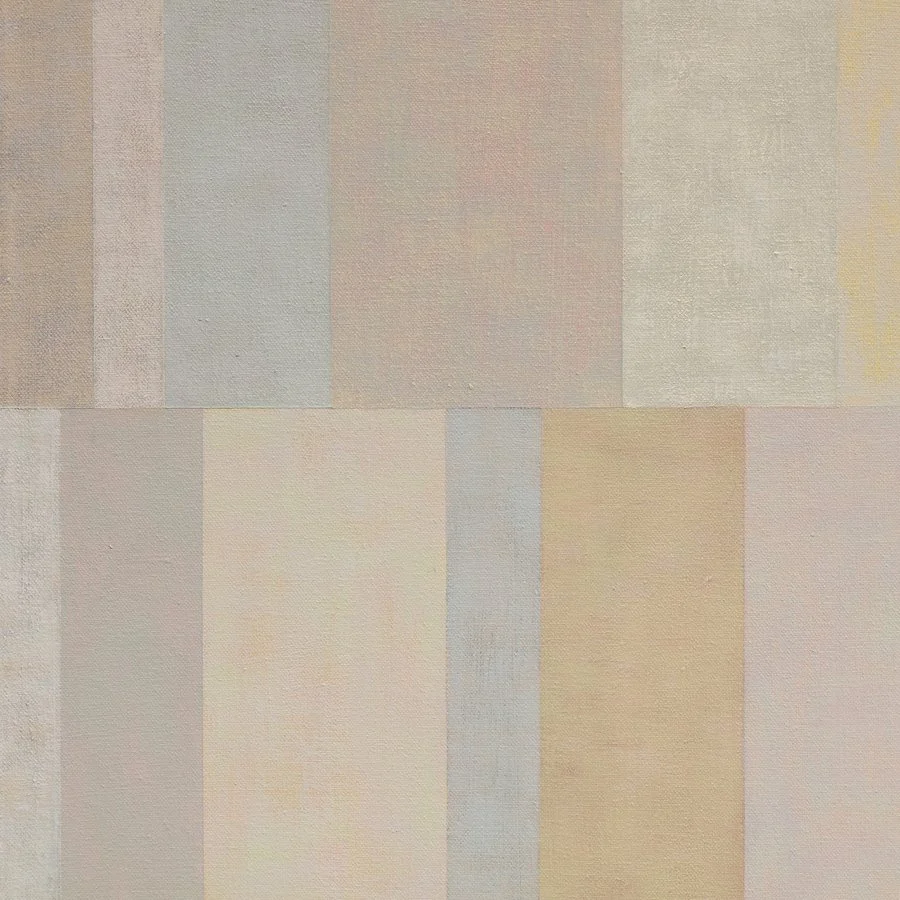Yesterday, a friend of mine asked me if there was a difference between searching for something that cannot be found, and searching for something that doesn't exist. A weird question, I know. But as I began to play with the philosophical angles, I quickly (as I always do) veered toward painting.
In the context of painting, I like to think there is a difference. I think in some ways I am always striving for a perfect painting - not THE perfect painting, but the perfect realization of the current painting or idea that I imagine. Can it be found? Does it even exist? I'd like to think that it does exist, even though I'm sure it can never be found. But that does not deter my efforts in the search. Everyday, at the end of my work day when I look at the part that I've completed, I wonder how differently it would have turned out if I had painted that part yesterday, or tomorrow, or the next day. What decisions would I have made differently, how would my hand have moved, which brushes would I have chosen, would the colors have been brighter, duller, warmer, cooler. As a painter, the vision I have in my head for a painting is clear but still nebulous. Even working from photographic sources, the vision I have for a piece doesn't fully exist until I paint it. Then maybe it satisfies that vision, and maybe it doesn't. Maybe it's better than I could have imagined. Maybe it's better because I couldn't have imagined it. But I'm always fascinated with the idea that I could paint a certain image a hundred times, and each time it would be different. And which one would be perfect? But once that first painting is done, then it's found. It exists. Imperfect, but fully realized. But the possibilities still haunt me. I want to paint every painting again - fix it, make it better, live through the search all over again, see if/how/how much it would be different with just one more endless try. But there are a million other paintings to search for, so I move on.
I like to think painting is special in this respect, but I'm probably wrong about that. Photographers must struggle with the same choices - one split-second to the next captures a different, irretrievable moment. You have to pick one, averaging out their strengths and weaknesses. Is there such a thing as a perfect moment?
When I paint, I consider it complete when I believe I've achieved the best result possible in that moment and believe that doing more is more likely to ruin it than improve upon it. Some might call that intuition, but I don't. For me, "intuition" sounds like I can tap into some inner voice that has the "right" answer. I hate that idea. I have a million voices in my head all the time, the angels, the devils, the sloths, the philosophers, the wounded, the dreamers. It's hard to know who to listen to sometimes. Sometimes I listen to one over the other. But what I am working toward is that moment when they all seem to agree - when I get that rush of adrenalin, or happiness, or excitement, or ecstasy, or whatever you want to call it - a rush that tells me to stop. It is complete. A few stragglers in my brain may want me to go back in and see if I can make it even better, but armed with the comfort of majority rule, I resist. It's good. It's good enough.
That sounds like I'm only striving for "good enough". But the fun part for me is that with each painting, "good enough" slowly becomes closer to that ever-elusive perfect - I want more and I expect it to be better. My skills develop, my vision expands, I have to rise to the new occasion. And then what was good enough for painting 2, just isn't good enough for painting 10. I'm capable of more, I want more, and a thrill occurs each time I see the glimmer that I can have more. It makes me endlessly curious, if not impatient, for the next painting, and painting 112, 256, and 759. The challenge is to not be defeated by what constitutes "perfect" in the given moment, to have a little faith, and to just keep painting.



